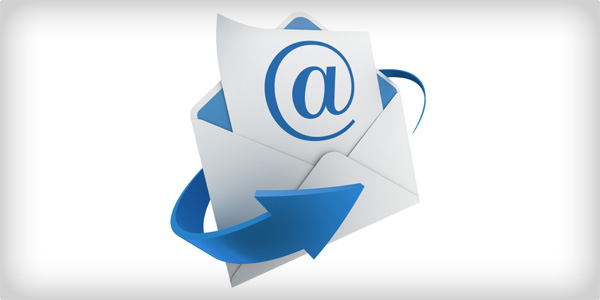When it comes to nurturing your leads and email marketing, you obviously need to always be building and managing your email list. Once you’ve got a database going, you also want to make sure that the content you’re sending your subscribers is useful and actionable; after all, you want your leads to convert, right?
Here is a three-step plan to help you create, manage and target your email marketing lists, ensure a positive email relationship with your recipients, and ultimately increase business.
Collect Email Marketing Leads
You should always be adding more subscribers to your email list. A couple of easy ideas:
Online: Add an email marketing opt-in form to all your online customer touch points, such as your website, blog, Facebook page, purchase confirmation page, even within the emails you’re already sending them. (Why? Because if someone forwards your email, the person on the receiving end can sign up, too.)
Offline: If you have a retail location or are attending a trade show, have a clipboard at the counter for people to enter their email addresses. I’ve also seen businesses do this with an iPad – what a fun idea!
Manage Your Email Marketing List
To get the most out of your email marketing efforts, you need to houseclean on a regular basis to make sure your subscribers are still interested in what you have to say. Some ideas:
Get into the address book: Try adding “white-listing” instructions near the top of your emails asking subscribers to add you to their address books or contact lists.
Ask what they want: Send a quick online survey to your subscribers and ask them questions related to why they subscribed and how the content you provide meets those expectations. If you find a disconnect between what you’re providing and what your subscribers expect, it’s time for a change. Remember that people opt in for different reasons and want different content.
Change the channel: Up to 30 percent of your email list can go bad in a single year alone due to people changing their email addresses. Try reaching out to any non-responders – those who haven’t opened your email or clicked on a link – with a catchy subject line like “We miss you: Come back and save 30%.” This just might encourage them to take that extra step.
Divide and Conquer
Segmenting your main email marketing list into smaller, more targeted lists can do wonders for engagement and lead cultivation. With segmented lists, you can send out emails to target your recipients in different ways. Targeting parts of your list with information that they’re interested in can increase engagement and help your business or organization grow. Your recipients will appreciate having an email sent to them that is tailored to their interests, and they’ll be more likely to open the email and click on links. For example, if you’re a winery, you can set up your lists based on your customers’ favorite wine varietal. If you’re a non-profit, sort your lists by active donors, volunteers or event participants.
After you’ve sent out a few emails, take a look at your email reporting to find out who’s opening your emails consistently and/or clicking on links, and if you see a bump in those numbers. Many email marketing service providers, including VerticalResponse, have tools and how-to resources on how to segment your lists.
Have you had success creating, managing or segmenting your email marketing efforts? Would love to hear about it!
READER’S TOOLBOX:
- Why You Need to Make Time for Social Media - May 21, 2012
- 3 ‘Insignificant’ Things That Say A Lot About You - May 7, 2012
- How to Build the Best Lists for Your Email Marketing - April 26, 2012

